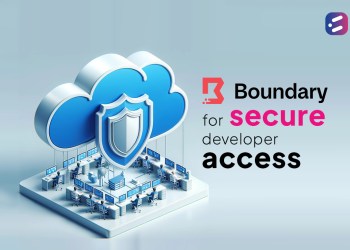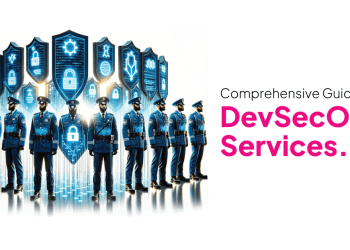
Database migration to the cloud involves transferring or migrating data from one or more source databases to target databases on the cloud. The reasons for doing this can vary – technology upgrades, cloud platform changes, or vendor switches.
Database migration requires planning, testing, and execution to maintain data integrity, which is why many organizations choose to enlist managed service providers to ensure a smooth transition.
Managed service providers can help with everything from assessing your application to evaluating its suitability for migration to the cloud as well as tailoring optimal database migration services for your needs.
Needs Assessment
When formulating a data migration strategy, careful planning is essential to avoid downtime and unnecessary costs. When it comes to assessing migration needs, here are some aspects that need to be considered.
Workload Type
Mission-critical workloads, for example, may be transferred in stages with testing intervals or during non-production hours to minimize the impact of downtime.
Volume
For migrations involving fewer than 10 terabytes, shipping data on a client-provided storage device is a simple and cost-effective method, but for larger data transfers, up to multiple petabytes, specialized migration devices provided by managed service providers may be required.
Speed
The speed of data migration depends on factors such as the amount of data transferred, network speed for online migrations, and shipping time for offline methods. For example, offline methods may be preferred for flexible deadlines or network constraints.
Reshaping
This involves making data “fit for purpose.” For example, if you are migrating data from an on-premise system to the cloud, data may need to be optimized to make it more compatible with the destination system.
Strategic Planning and Managed Service Guidance
Most data migration strategies are either big bang or trickle migrations.
In the former, organizations complete the entire transfer in a short timeframe, with the old system going offline, and then the new system coming online. The live systems will go through a downtime period when the data goes through the extract, transform, load (ETL) process in moving to the new destination. However since there is only one system online at any point in time, there are risks of costly failures and some amount of downtime is usually unavoidable.
The second, trickle data migration, is more continuous and completed in manageable stages over a more extended time. The original and new systems run in parallel throughout the implementation process, meaning less downtime and disruption. However, this is often more complex to plan and implement, since you will have two systems operating simultaneously for periods.
Your managed service provider is well-placed to guide you on which of these strategies best suits your specific needs.
Maintaining Data Integrity and Security
Safeguarding data integrity is crucial during migration to the cloud. Some of the ways to ensure it is protected during the migration process are:
- Selecting a reliable cloud provider with a strong track record and compliance with data integrity regulations.
- Training employees to ensure the entire organization is prepared for new procedures related to data integrity.
- Checking data before migration will ensure there are no duplicates, missing fields, and so on; running spot checks during the migration process will identify and rectify errors.
- Performing post-migration checks to ensure a clean transition; this involves maintaining an audit trail and running the new cloud database in parallel with the previous system for real-time backup and issue identification.
As a trusted partner, and effectively an extension of your IT team, your managed services provider can help ensure your data is safeguarded, and the knowledge transfer process is managed efficiently.
Minimizing downtime
There are several ways to balance minimizing downtime with the complexity or scale of the cloud database migration.
System blackout migration
This involves bringing down the on-premise application, transferring data to the cloud-based database, and bringing the application online. It’s simple and secure but results in significant downtime for larger databases. This is typically appropriate for smaller datasets.
Dynamic migration
This minimizes downtime as it sets up a read replica in the cloud while data updates continue on the on-premise master. The downtime is less than in a system blackout migration.
Synchronized migration
One could call this a more risky approach as it involves creating a replica of the on-premise database master in the cloud with bidirectional synchronization. But on the plus side, it facilitates seamless data migration without downtime, while the expert support of your managed service provider helps manage and mitigate the risks.
Again, with a finger on the pulse of your business, your managed service provider can help guide the migration process in a way that minimizes downtime while addressing risk factors and other considerations specific to your organization.
Benefit from strategic planning, infrastructure assessment, and customized migration strategies taking into consideration critical factors like workload, volume, speed, and data transformation. Safeguard data integrity and minimize downtime through CloudNow – your trusted managed service provider.













